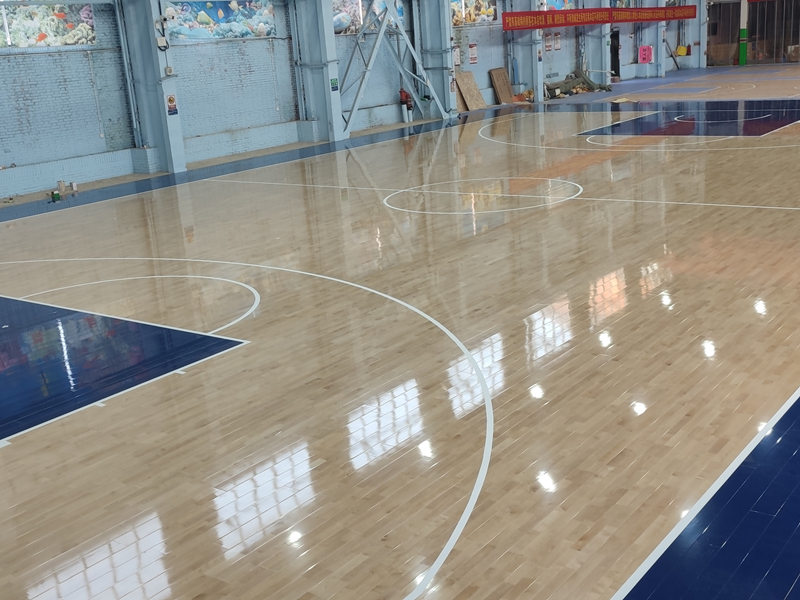Title: Breaking Down the Construction Cost of Indoor Sports Wood Flooring
Installing indoor sports wood flooring is a significant investment for any sports facility, and understanding the construction cost is crucial for budgeting and planning. The total cost includes several components, each of which contributes to the overall expense.
First and foremost is the cost of the flooring itself. As mentioned earlier, the price per square meter can vary widely based on the material quality, brand, and model. For instance, a basic model might cost around 50persquaremeter,whileapremiumFIBA−certifiedmodellikeH600couldcostupwardsof200 per square meter.
Installation labor is another significant component of the construction cost. Professional installation is essential to ensure the floor is properly laid, leveled, and secured, which can impact its performance and lifespan. The cost of installation labor can vary based on the size of the area, the complexity of the installation, and the location of the facility. On average, installation labor can account for 20% to 30% of the total construction cost.
Subfloor preparation is also crucial and can add to the overall cost. The subfloor must be clean, level, and dry before the wood flooring can be installed. Depending on the condition of the existing subfloor, additional work may be required, such as leveling compounds or moisture barriers, which can increase the construction cost.
Finally, any necessary accessories, such as edge guards, logos, or line markings, should also be factored into the total construction cost. These elements can enhance the appearance and functionality of the floor but come at an additional cost.
In conclusion, the construction cost of installing indoor sports wood flooring is influenced by several factors, including the cost of the flooring itself, installation labor, subfloor preparation, and accessories. By obtaining a detailed quote from a reputable supplier and considering all these components, sports facility owners can ensure transparency and avoid unexpected expenses.

Leave a Reply